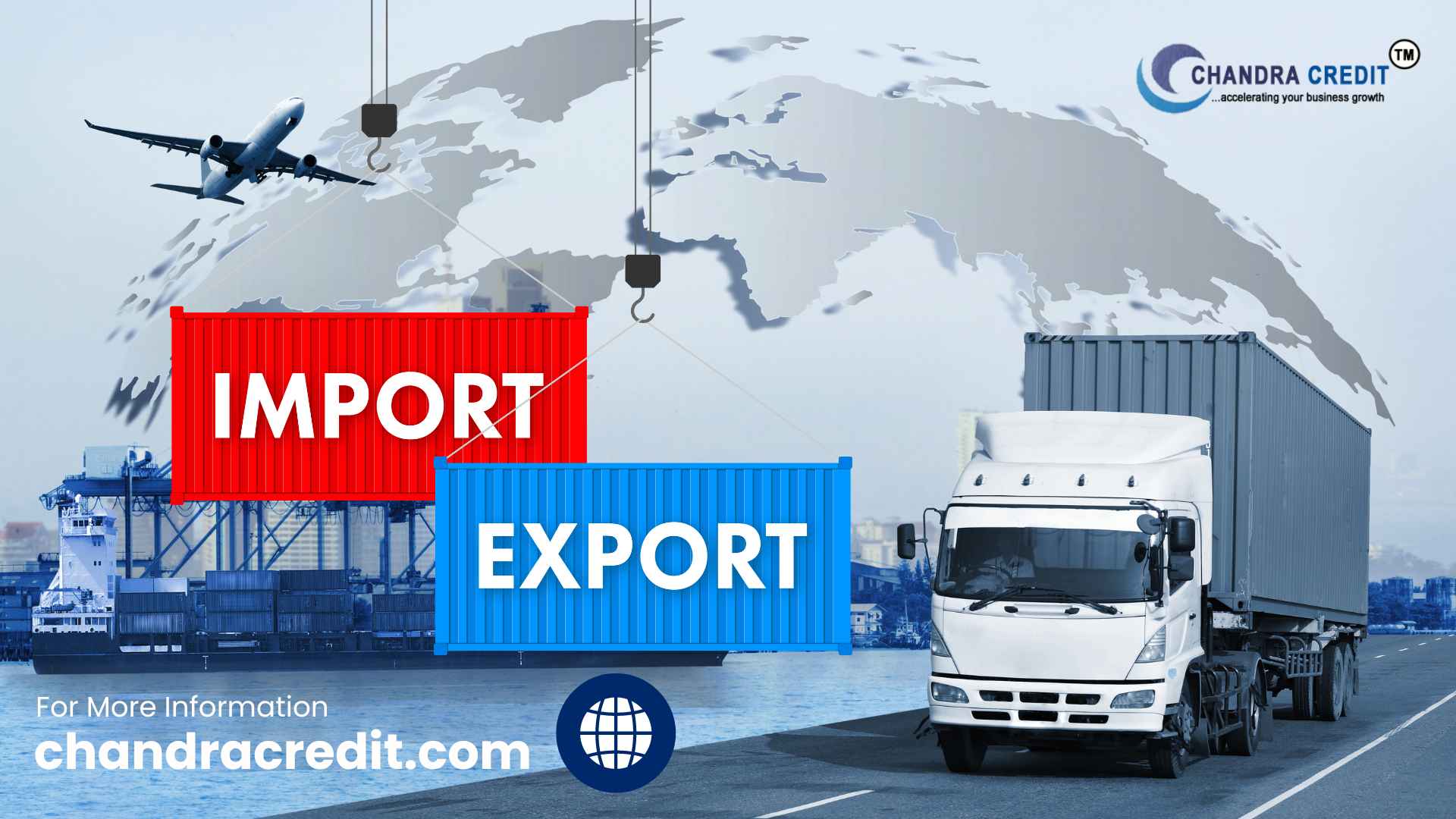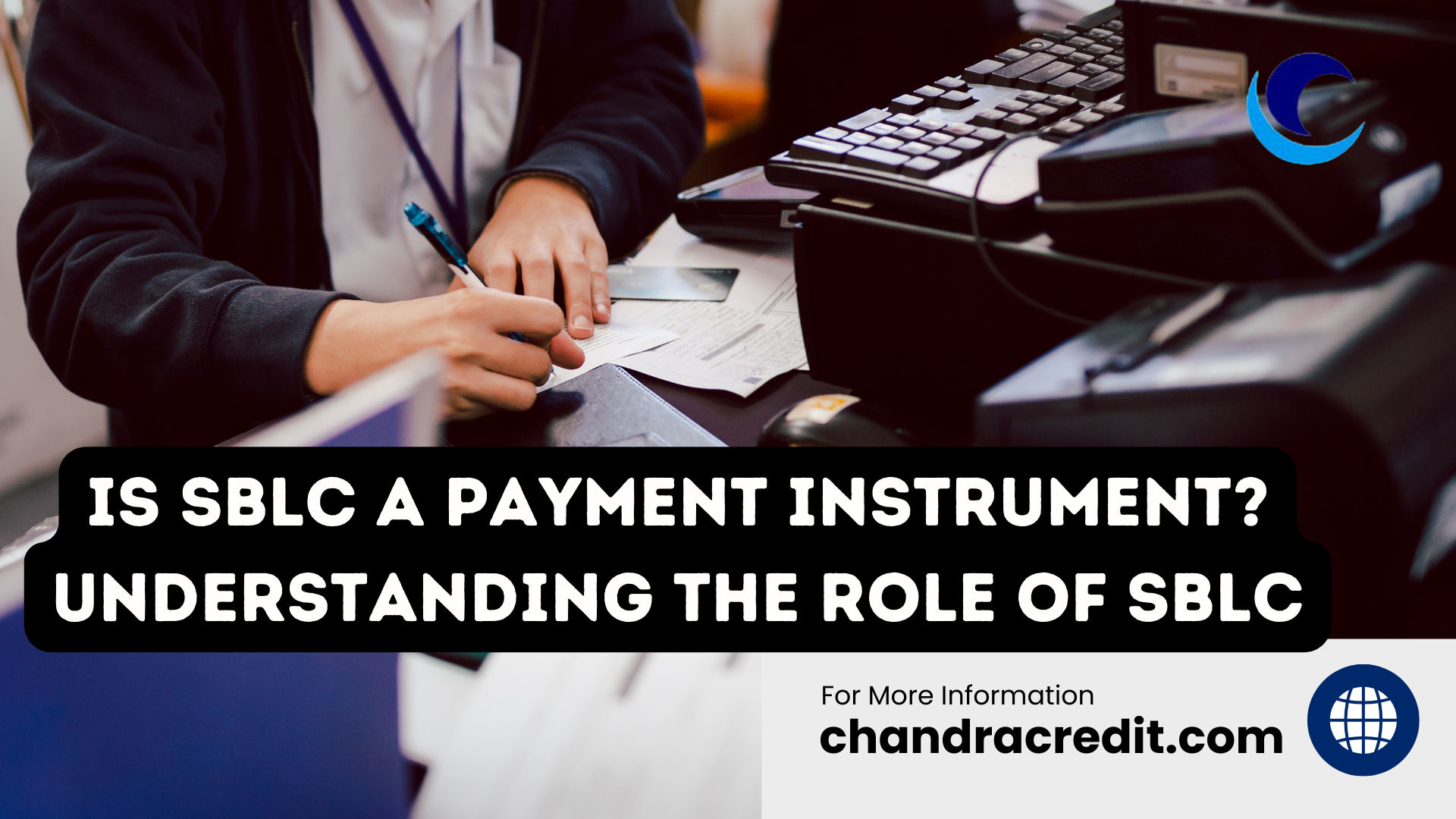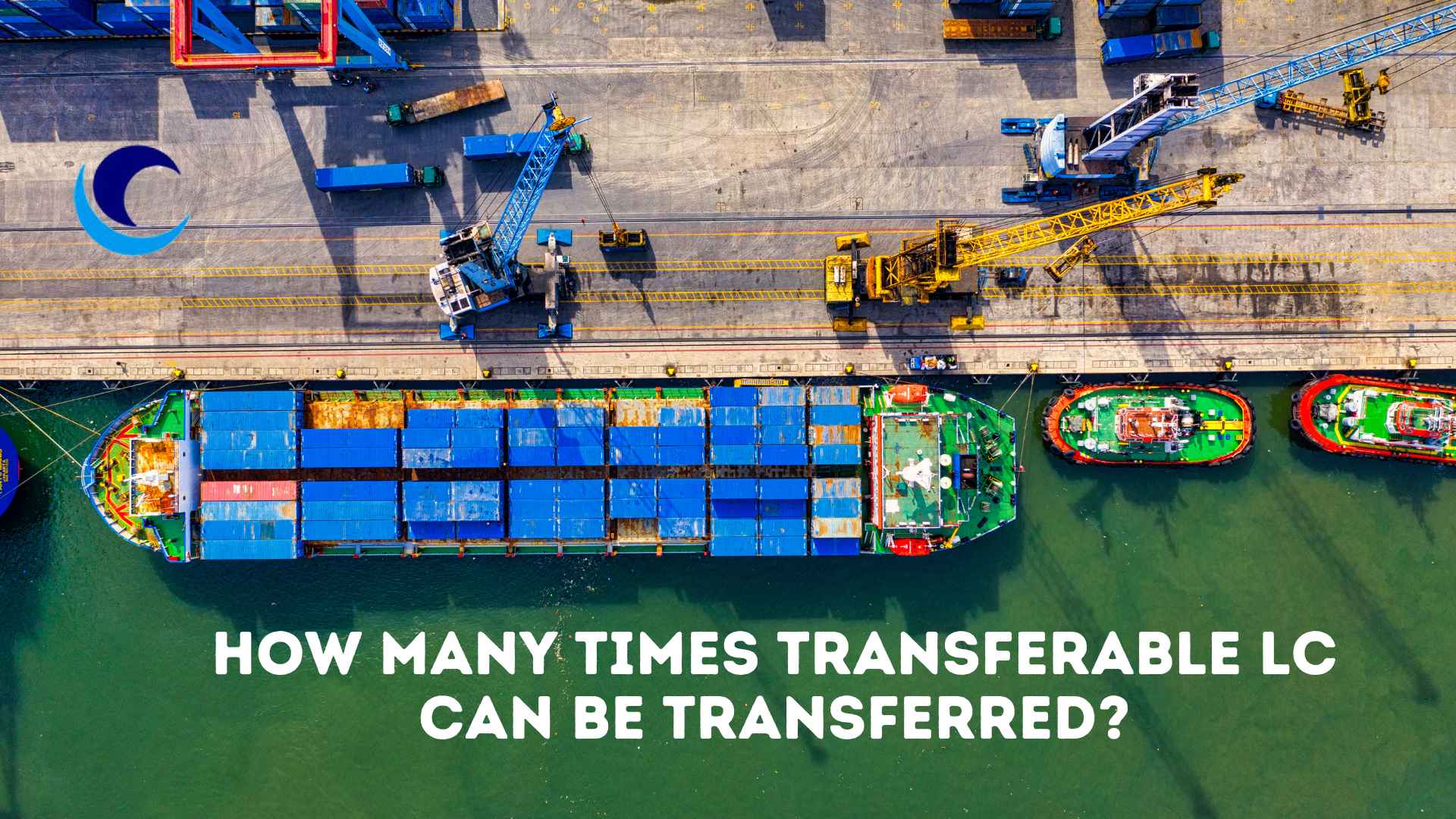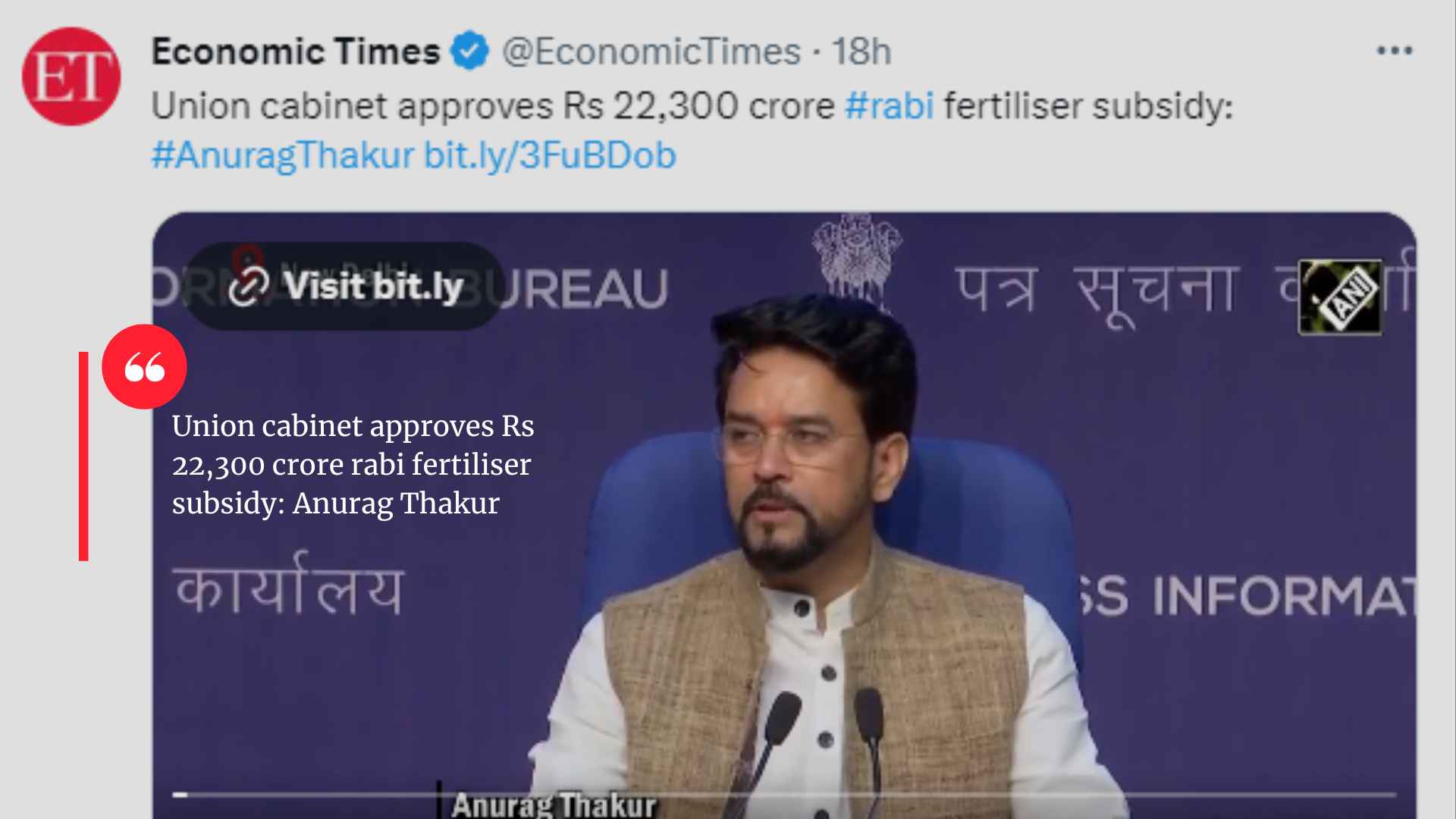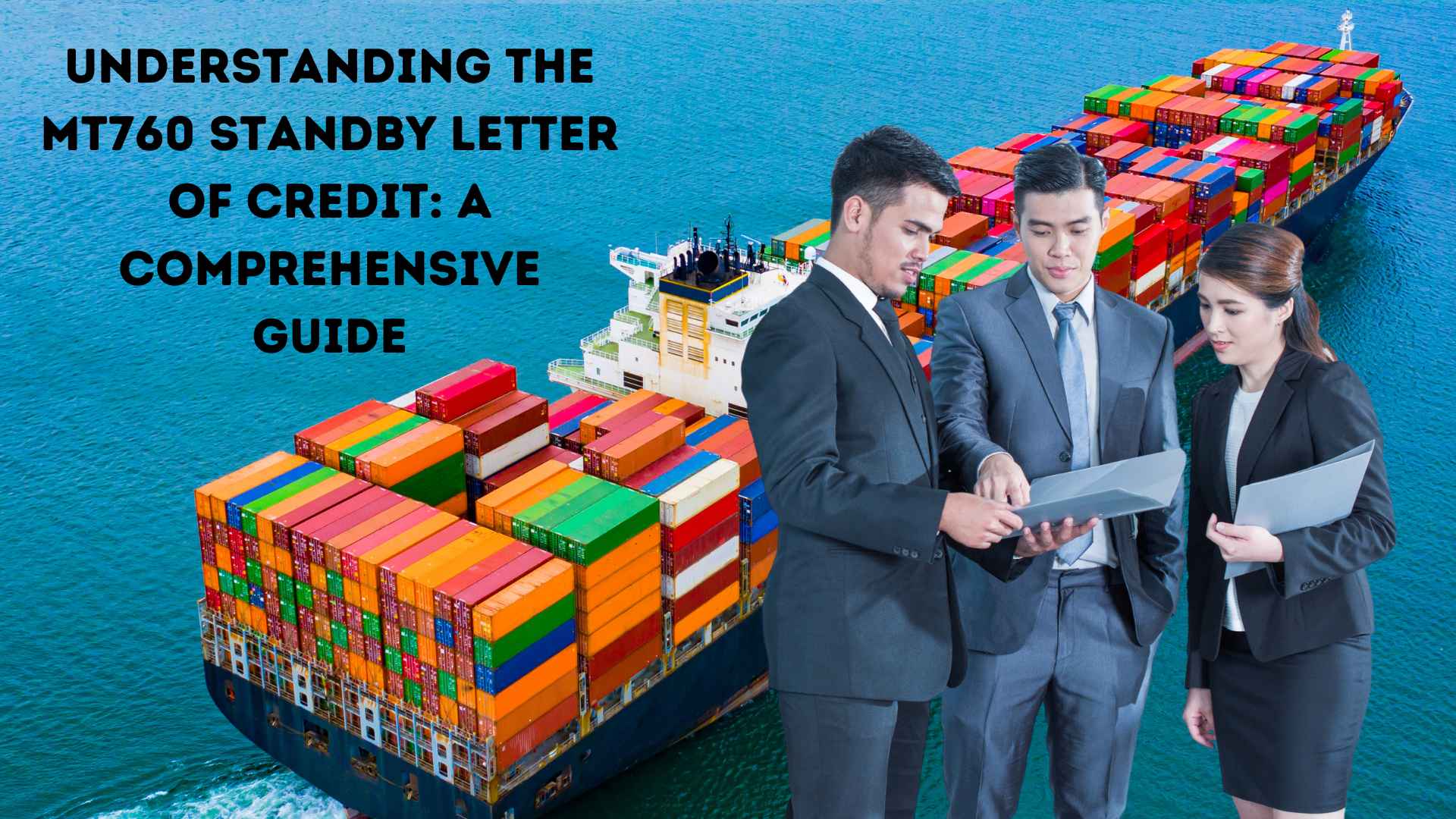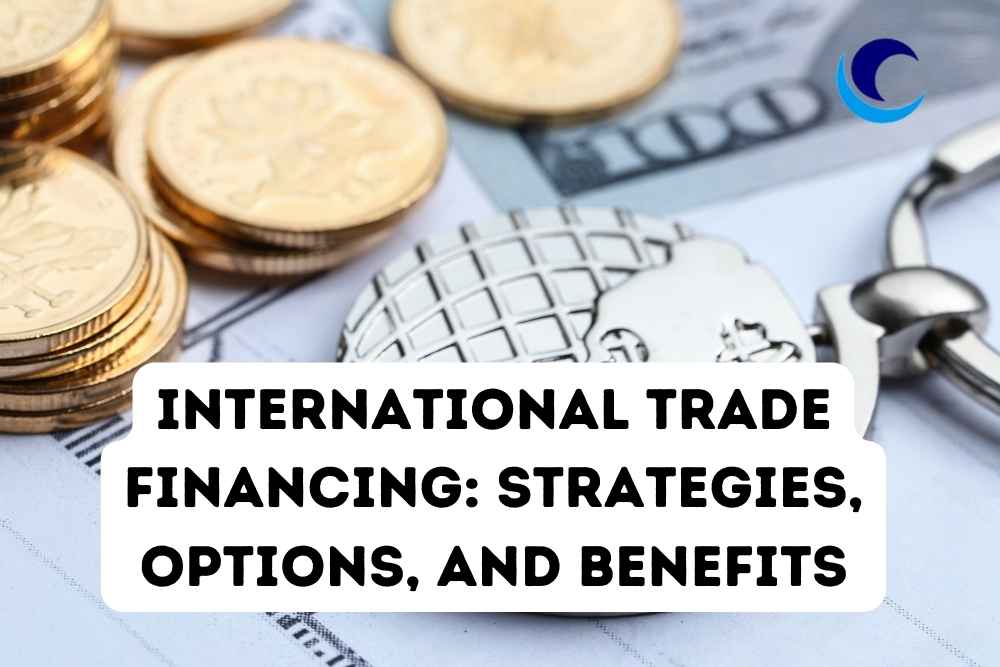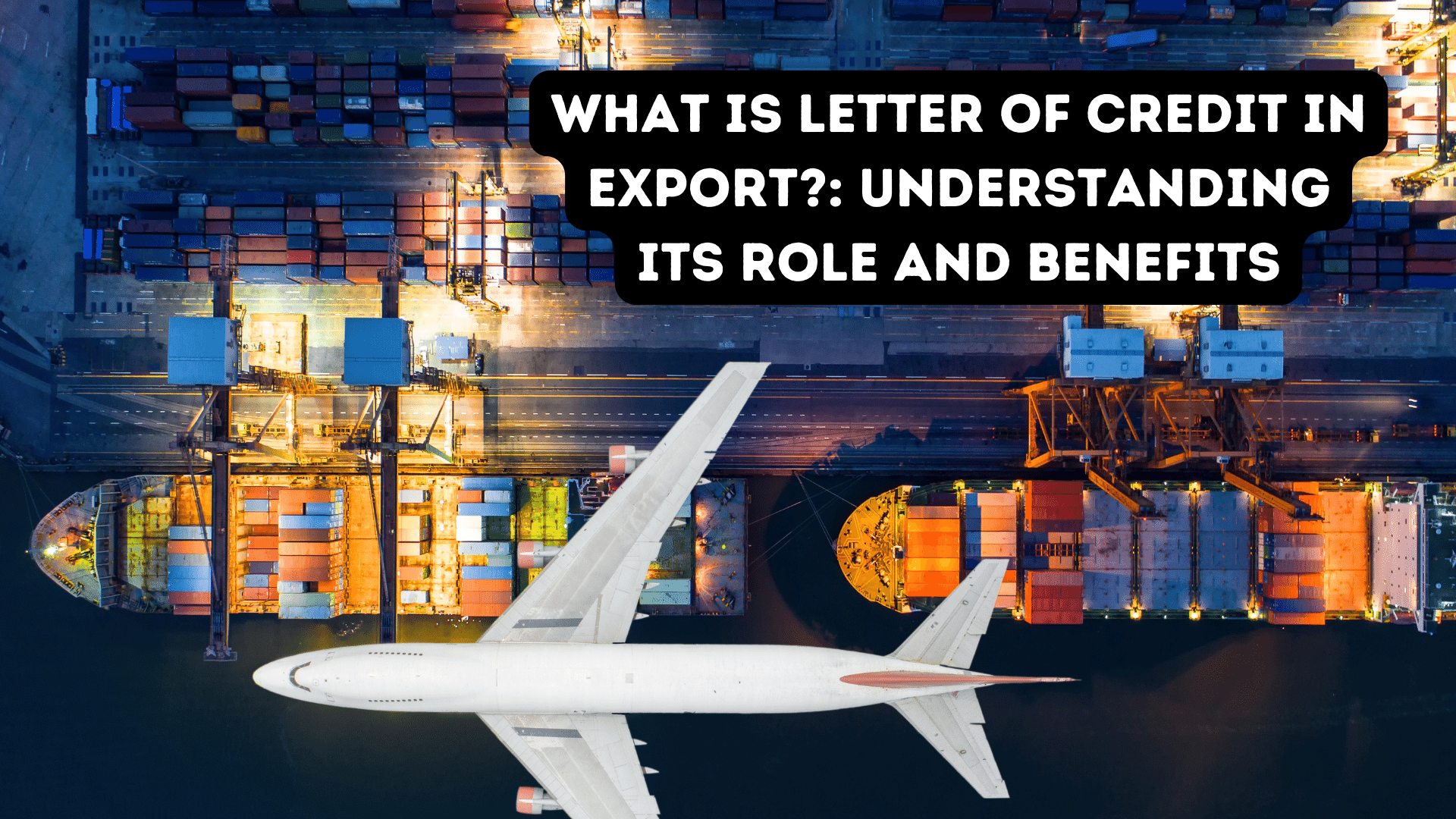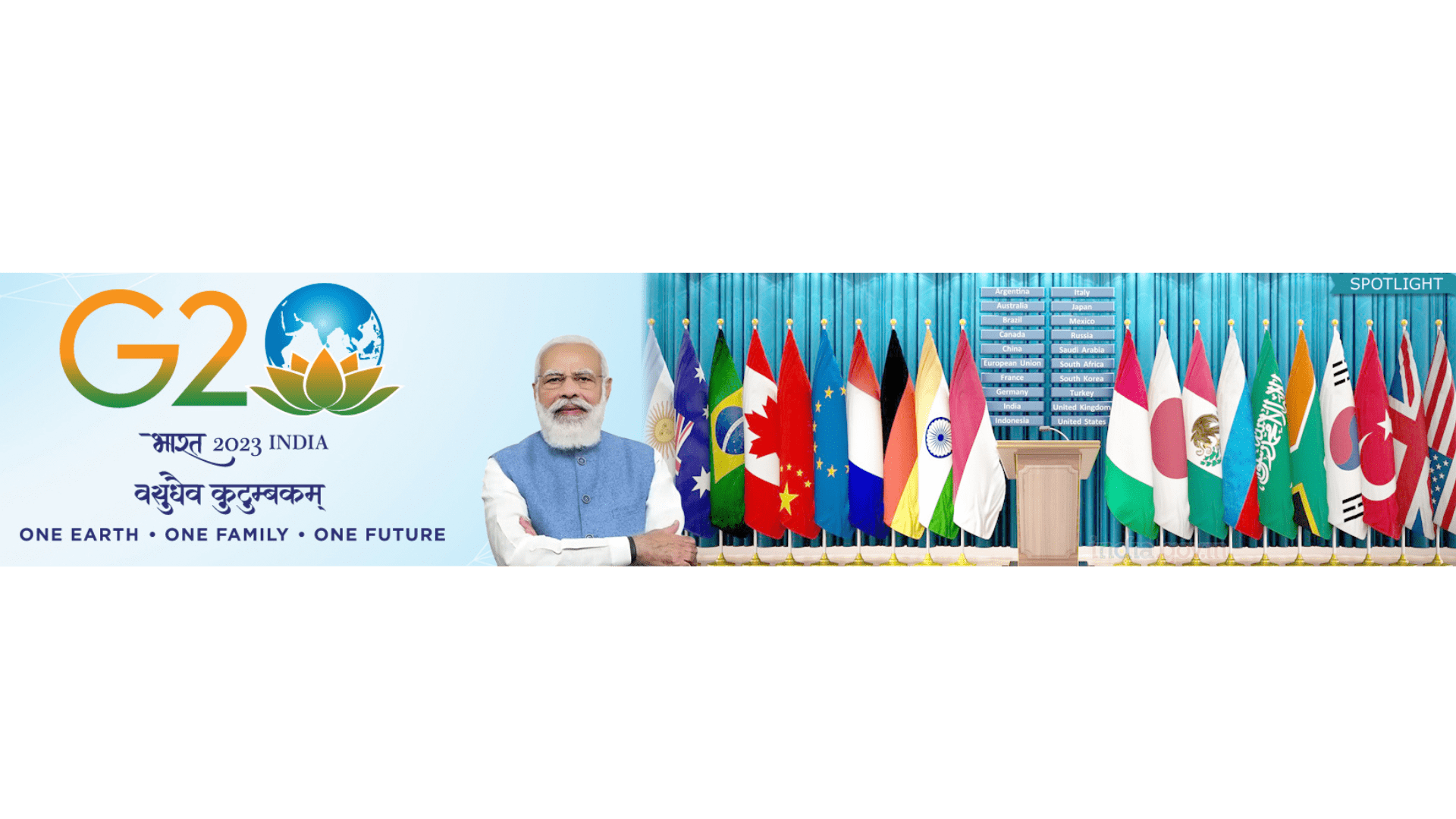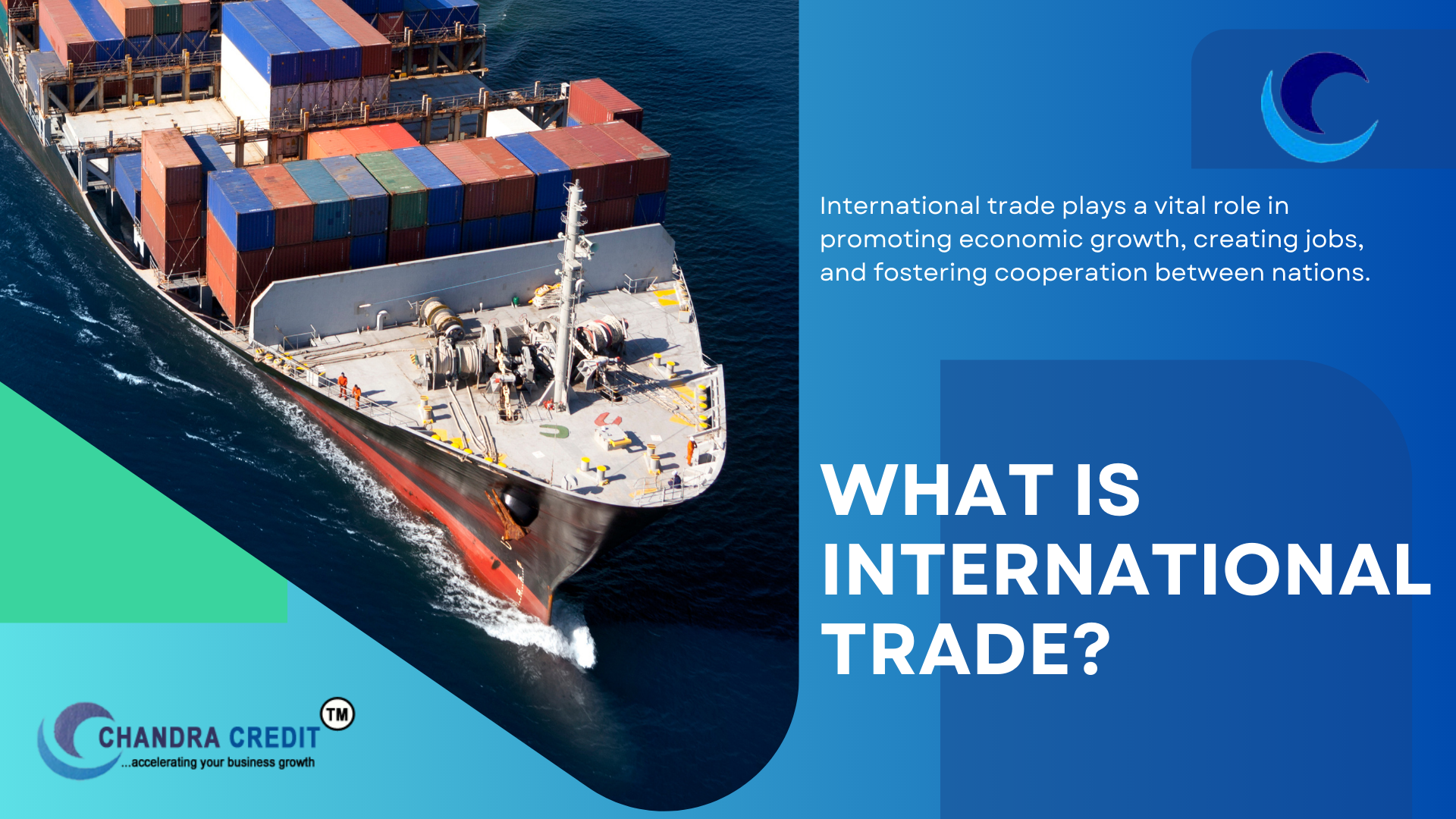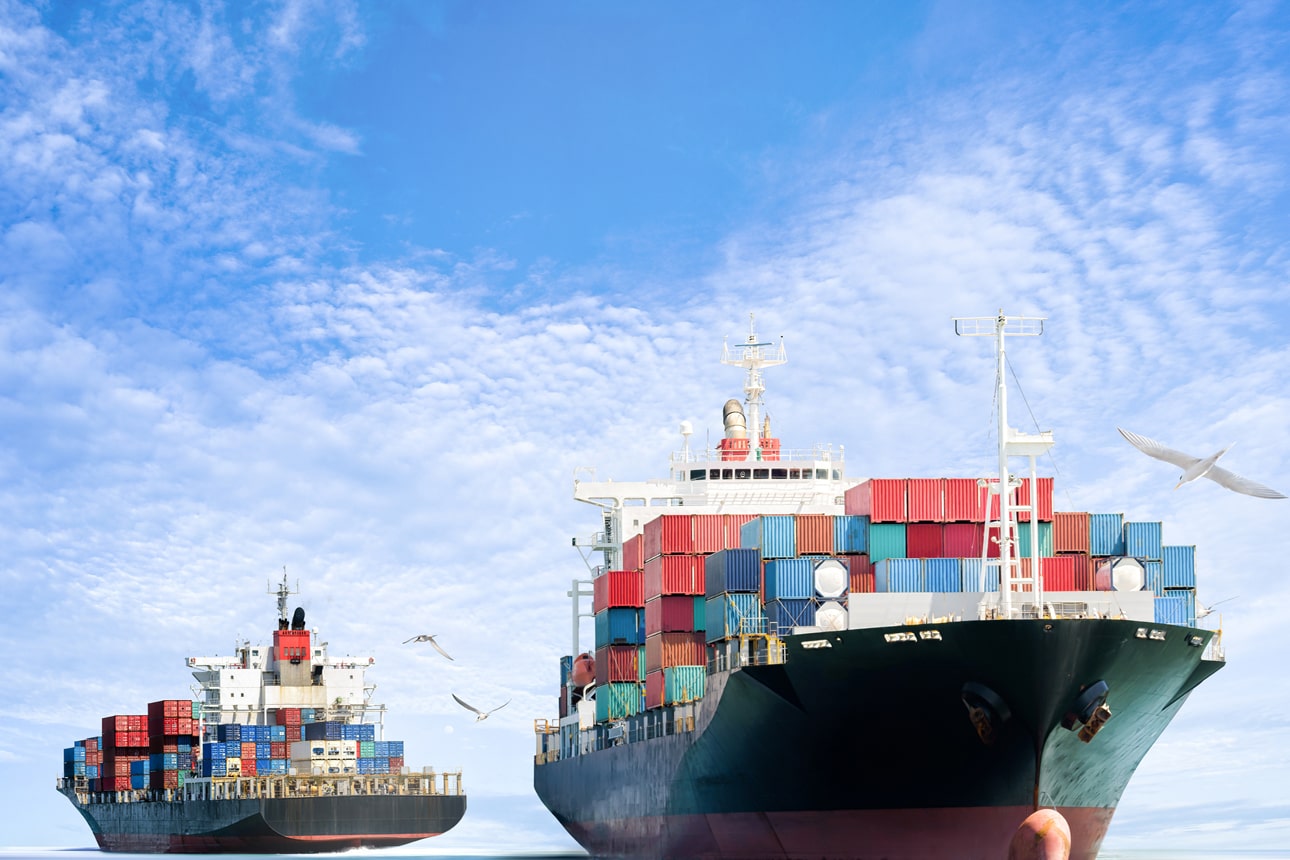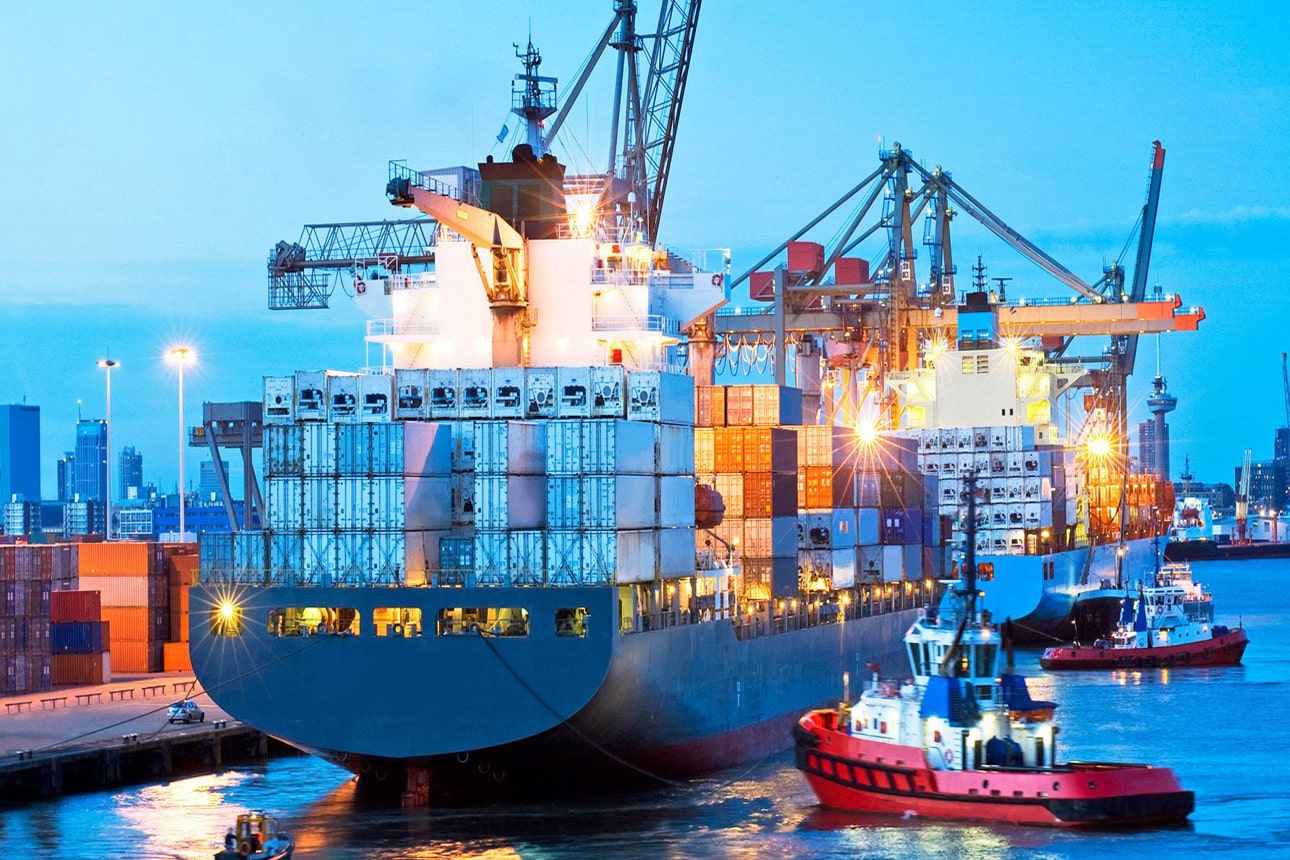

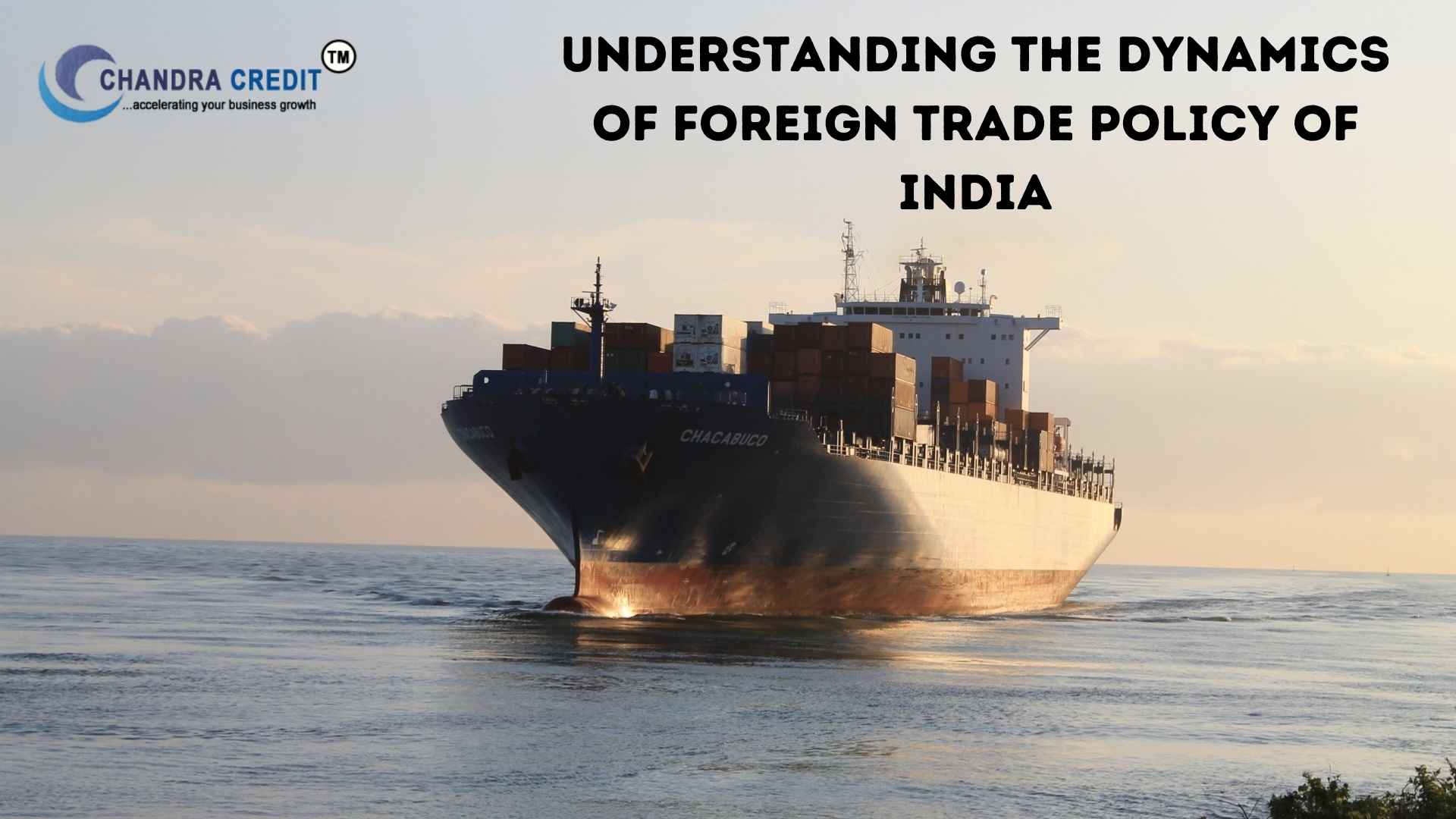
Introduction
Section 1: Historical Evolution
Overview of the Importance of India's Foreign Trade Policy
India's foreign trade policy plays a pivotal role in the country's economic development and global integration. It is a carefully crafted strategy that encompasses a range of measures and objectives designed to boost international trade, facilitate economic growth, and ensure India's competitiveness in the global marketplace. Understanding the importance of India's foreign trade policy is crucial for comprehending its impact on the nation's economy and its role in shaping India's position on the global stage.
1. Economic Growth and Development:
India's foreign trade policy is a driving force behind its economic growth. By encouraging exports and creating favorable conditions for international trade, the policy helps generate revenue, create job opportunities, and stimulate economic development. It is a critical tool in India's quest to transform into a global economic powerhouse.
2. Global Integration:
In an era of increasing globalization, participation in international trade is essential. India's foreign trade policy ensures that the country remains integrated into the global economy, allowing for the exchange of goods and services with countries worldwide. This integration not only boosts economic growth but also fosters diplomatic and cultural ties with other nations.
3. Balancing Trade:
One of the key objectives of India's foreign trade policy is to maintain a healthy balance of trade. By managing imports and exports, the policy aims to prevent trade deficits and promote a trade surplus. Achieving this balance is vital for long-term economic stability and reducing dependence on external markets.
4. Export Promotion:
India's foreign trade policy places a significant emphasis on promoting exports. It offers various incentives and schemes to exporters, helping them access global markets more effectively. This not only benefits large corporations but also encourages small and medium-sized enterprises (SMEs) to participate in international trade.
5. Fostering Industries:
The policy has a direct impact on various industries within India. By offering support and incentives to specific sectors, it drives growth and competitiveness. Industries like manufacturing, agriculture, information technology, and pharmaceuticals benefit from the policy's initiatives.
6. Trade Facilitation:
The policy seeks to simplify and streamline trade procedures, reducing bureaucratic hurdles and enhancing the ease of doing business. This makes it more attractive for foreign investors and traders to engage with Indian markets, further fueling economic growth.
7. Negotiating Global Agreements:
India's foreign trade policy plays a crucial role in negotiating international trade agreements and trade partnerships. It shapes India's stance in bilateral and multilateral trade discussions, ensuring that the nation's interests are represented effectively.
8. Responding to Global Challenges:
In a rapidly changing global trade landscape, India's foreign trade policy must adapt to address emerging challenges. This includes responding to shifts in global economic trends, technological advancements, and geopolitical developments.
In conclusion, India's foreign trade policy is not just a set of guidelines but a dynamic tool that impacts various facets of the nation's economy and its position on the world stage. Its importance cannot be overstated, as it influences economic growth, global integration, industry development, and trade balance. Understanding and effectively implementing this policy is vital to India's journey towards becoming a significant player in the global economy.
Role of Foreign Trade Policy of India in Shaping the Nation's Economic Growth and Global Integration
India's foreign trade policy holds a pivotal role in steering the nation's economic growth and fostering global integration. It serves as a dynamic and strategic framework designed to promote international trade, facilitate economic development, and enhance India's competitiveness in the global marketplace. Understanding the multifaceted role of India's foreign trade policy is crucial for comprehending how it shapes the nation's economic trajectory and its position on the global stage.
1. Driving Economic Growth:
One of the primary roles of India's foreign trade policy is to drive economic growth. By promoting exports, the policy aims to boost the nation's GDP, generate employment opportunities, and stimulate economic development. The revenue generated from international trade contributes significantly to the nation's financial health and stability.
2. Facilitating Global Integration:
In an era characterized by globalization, participating in international trade is imperative for countries looking to expand their economic horizons. India's foreign trade policy ensures that the nation remains integrated into the global economy. This integration fosters economic relations, diplomacy, and cultural exchange with countries worldwide, promoting a sense of global interconnectedness.
3. Promoting Export-Oriented Industries:
The policy plays a crucial role in supporting and promoting export-oriented industries within India. By offering incentives, subsidies, and trade facilitation measures, the policy encourages businesses to explore global markets. This has a direct impact on industries such as manufacturing, textiles, pharmaceuticals, and information technology, making them more competitive in the global arena.
4. Trade Balance Management:
A key function of India's foreign trade policy is managing trade balances. It aims to ensure that the value of exports is in harmony with imports. Achieving a trade surplus can lead to economic stability, reduced dependence on external markets, and increased self-sufficiency.
5. Export Promotion:
The policy places significant emphasis on promoting exports. It offers various incentives, such as Export Promotion Capital Goods (EPCG) and Merchandise Exports from India Scheme (MEIS), to encourage businesses to explore international markets more aggressively. This benefits both large corporations and small and medium-sized enterprises (SMEs).
6. Strengthening the Rupee:
By increasing foreign exchange reserves through exports, India's foreign trade policy plays a role in stabilizing and strengthening the rupee. This stability is essential for maintaining a favorable environment for foreign investors and traders.
7. Simplifying Trade Procedures:
India's foreign trade policy seeks to simplify and streamline trade procedures. This includes reducing bureaucratic hurdles, enhancing the ease of doing business, and making it more attractive for foreign investors and traders to engage with Indian markets. These streamlined processes facilitate cross-border trade, furthering economic growth.
8. Negotiating Global Agreements:
The policy is instrumental in negotiating international trade agreements and partnerships. It shapes India's stance in bilateral and multilateral trade discussions, ensuring that the nation's interests are effectively represented. These agreements open up new avenues for trade and investment.
9. Responding to Global Challenges:
The global trade landscape is constantly evolving, with emerging challenges such as changing global economic trends, technological advancements, and geopolitical developments. India's foreign trade policy must adapt to address these challenges effectively, ensuring that the nation remains agile and competitive.
In conclusion, India's foreign trade policy is not merely a set of guidelines but a dynamic and strategic tool that influences multiple aspects of the nation's economy and global integration. Its roles include driving economic growth, promoting export-oriented industries, managing trade balances, simplifying trade procedures, and negotiating international agreements. As India continues to evolve in the global marketplace, the effectiveness and adaptability of its foreign trade policy will remain essential in shaping the nation's economic growth and global integration.
Section 2: Objectives and Goals
The primary objectives of India's foreign trade policy are as follows:
1. Promoting Exports:
2. Fostering Economic Growth:
3. Enhancing Global Competitiveness:
4. Ensuring Trade Balance:
5. Promoting Trade Infrastructure:
6. Diversification of Markets:
7. Streamlining Trade Procedures:
8. Export Promotion Schemes:
9. Promoting Small and Medium Enterprises (SMEs):
10. Negotiating International Agreements: - India's foreign trade policy is instrumental in negotiating and participating in international trade agreements and partnerships. It ensures that India's interests are well-represented in these agreements.
11. Responding to Global Challenges: - The policy must adapt to address emerging global challenges, including changes in global economic trends, technological advancements, and geopolitical developments.
These primary objectives collectively guide India's foreign trade policy, shaping the nation's approach to international trade and economic development.
Section 3: Key Components
India's foreign trade policy encompasses several core components aimed at promoting exports, facilitating trade, and enhancing the nation's competitiveness in the global marketplace. These components work together to create an enabling environment for international trade. Here's a detailed exploration of each core component:
1. Export Promotion Schemes:
2. Trade Facilitation Measures:
3. Special Economic Zones (SEZs):
4. Trade Agreements:
5. Incentives:
Section 4: Impact on Industries
Analyzing the profound impact of the foreign trade policy on various industries in India, such as manufacturing, agriculture, information technology, pharmaceuticals, and more
India's foreign trade policy has a profound and far-reaching impact on various industries within the country. By promoting exports, streamlining trade procedures, and encouraging global competitiveness, the policy plays a significant role in shaping the growth, competitiveness, and sustainability of these industries. Let's delve into the impact on key sectors:
1. Manufacturing:
2. Agriculture:
3. Information Technology (IT):
4. Pharmaceuticals:
5. Textiles and Garments:
6. Automobiles:
7. Renewable Energy:
Section 5: Challenges and Reforms
India's foreign trade policy, while instrumental in promoting international trade and economic growth, encounters several challenges. These challenges span infrastructure, regulatory compliance, and the ever-evolving global market landscape. Let's address these issues and how the policy aims to overcome them:
1. Infrastructure Challenges:
2. Regulatory Compliance:
3. Dynamic Global Market Landscape:
4. Fluctuations in Currency Exchange Rates:
5. Trade Deficits:
6. Geopolitical Tensions:
Section 6: India in the Global Trade Arena
Participation in International Trade Agreements:
India actively engages in various international trade agreements and partnerships to expand its trade horizons and enhance its global competitiveness. Some of the notable trade agreements and organizations that India is part of include:
World Trade Organization (WTO): India is a founding member of the WTO and plays an active role in the multilateral trading system. It is committed to promoting fair and equitable trade practices and addressing trade-related challenges through WTO negotiations.
Regional Comprehensive Economic Partnership (RCEP): While India withdrew from the RCEP negotiations in 2019, it continues to engage with RCEP member countries to explore opportunities for future collaboration. RCEP is a regional trade agreement that involves several Asia-Pacific nations.
ASEAN-India Free Trade Agreement (AIFTA): India has a free trade agreement with the Association of Southeast Asian Nations (ASEAN), facilitating trade in goods and services and promoting economic cooperation.
Bilateral Trade Agreements: India has bilateral trade agreements with various countries and regions, including Japan, South Korea, the United Arab Emirates, and the European Union, among others.
South Asian Free Trade Area (SAFTA): As a member of SAFTA, India is actively involved in regional trade within South Asia.
Major Trading Partners:
India's foreign trade policy influences its major trading partners, with whom it conducts significant trade. Some of its key trading partners include:
United States: The United States is one of India's largest trading partners. The two nations engage in trade in a wide range of goods and services, with a focus on technology, pharmaceuticals, and agriculture.
China: India's trade relationship with China is complex, with both countries being major importers and exporters to each other. The balance of trade between them has been a subject of scrutiny.
United Arab Emirates (UAE): The UAE is a crucial partner for India, particularly in sectors like petroleum, gems and jewelry, and engineering goods.
European Union (EU): The EU is a significant trading partner, and India has trade agreements and negotiations with the EU to enhance economic cooperation.
Implications on Global Trade Dynamics:
India's foreign trade policy has several implications for global trade dynamics:
Market Access: India's participation in trade agreements and partnerships opens up its markets to a wider range of goods and services from other countries, facilitating global trade.
Economic Growth: By engaging with major trading partners, India contributes to the economic growth of both developed and developing nations. It plays a crucial role in the global supply chain, particularly in sectors like information technology and pharmaceuticals.
Bilateral and Multilateral Diplomacy: India's involvement in trade agreements allows it to participate in bilateral and multilateral diplomacy, addressing global challenges and disputes through international trade negotiations.
Impact on Global Supply Chains: India's foreign trade policy can influence the global supply chain, especially in sectors like manufacturing and pharmaceuticals. It shapes how goods and services flow across borders.
Balance of Trade: India's trade relationships impact the global balance of trade. Its efforts to diversify trade partners and reduce trade deficits have repercussions on international trade balances.
Section 7: The Road Ahead
India's foreign trade policy is set to undergo several changes and adaptations to align with the rapidly evolving global trade landscape. Here are insights into the future of India's foreign trade policy, anticipated policy changes, innovations, and its positioning in the global trade landscape:
1. Digital Transformation and E-commerce:
Anticipated Changes: India is likely to focus on enhancing e-commerce trade, given the increasing importance of digital channels in global trade. Streamlining regulations and ensuring data privacy will be crucial.
Innovations: Innovations in digital trade, such as blockchain technology and digital payment systems, may be integrated to boost the efficiency and security of cross-border transactions.
2. Trade Facilitation and Ease of Doing Business:
Anticipated Changes: The policy will continue to prioritize trade facilitation and ease of doing business. Expect further simplification of customs procedures and an emphasis on reducing bureaucratic hurdles.
Innovations: Innovations in trade facilitation may include the use of artificial intelligence for customs clearance and enhanced risk management systems.
3. Diversification of Trade Partners:
Anticipated Changes: India will seek to diversify its trade partners further, reducing dependence on a few countries. Expanding its presence in Africa, Latin America, and Southeast Asia may be a strategic focus.
Innovations: Innovations in trade partnerships may involve the negotiation of new bilateral and multilateral agreements with emerging economies.
4. Sustainability and Green Trade:
Anticipated Changes: The policy is expected to incorporate sustainability considerations. Sustainable and green trade practices will likely become integral to India's trade agenda.
Innovations: Innovations in green trade may involve promoting clean energy exports, sustainable agriculture practices, and eco-friendly technologies.
5. Adapting to Geopolitical Shifts:
Anticipated Changes: Geopolitical shifts will necessitate agile diplomatic responses. India may adjust its trade strategy in response to changing alliances and geopolitical developments.
Innovations: Diplomatic innovations may include leveraging diplomatic channels for trade negotiations and conflict resolution, particularly in regions where geopolitical tensions affect trade.
6. Supply Chain Resilience:
Anticipated Changes: Supply chain resilience will be a priority, with a focus on mitigating disruptions. Policies will aim to secure essential supply chains and reduce vulnerabilities.
Innovations: Innovations in supply chain resilience may include the development of robust domestic supply chains and leveraging emerging technologies for real-time supply chain monitoring.
7. Integration with Industry 4.0:
Anticipated Changes: India's foreign trade policy will need to align with the Industry 4.0 trends, which involve automation, the Internet of Things (IoT), and digitalization of manufacturing.
Innovations: Innovations may include encouraging smart manufacturing, digital supply chain platforms, and enhancing the competitiveness of industries within the framework of Industry 4.0.
8. Innovation in Trade Finance:
Anticipated Changes: Innovations in trade finance will become critical, with more emphasis on trade credit insurance, digital banking solutions, and new financial instruments.
Innovations: Blockchain-based trade finance solutions and enhanced trade credit insurance schemes may be introduced to promote international trade.
India's future foreign trade policy will be marked by adaptability, innovation, and a proactive approach to emerging global economic trends. By embracing digital transformation, sustainability, supply chain resilience, and diversification of trade partners, India aims to position itself as a key player in the evolving global trade landscape, contributing to economic growth and prosperity on a global scale.
Conclusion
Key Takeaways from the Article: India's Dynamic Foreign Trade Policy
India's foreign trade policy is a dynamic and strategic framework that plays a pivotal role in shaping the nation's economic growth and fostering global integration.
The policy's primary objectives include promoting exports, fostering economic growth, enhancing global competitiveness, and maintaining a favorable trade balance.
Core components of the policy include export promotion schemes, trade facilitation measures, special economic zones, trade agreements, and incentives, all of which work together to create an enabling environment for international trade.
The policy has a profound impact on various industries in India, including manufacturing, agriculture, information technology, pharmaceuticals, and more, by promoting exports, streamlining procedures, and enhancing global competitiveness.
Challenges related to infrastructure, regulatory compliance, and the dynamic global market landscape are addressed through initiatives aimed at infrastructure development, regulatory simplification, and adaptability to global changes.
India actively participates in international trade agreements, such as WTO, ASEAN, and bilateral agreements, and has major trading partners, including the United States, China, the UAE, and the European Union.
India's foreign trade policy has implications for global trade dynamics, promoting market access, economic growth, and trade balance management.
The future of India's foreign trade policy is marked by adaptability, focusing on digital transformation, sustainability, diversification of trade partners, and supply chain resilience.
India's foreign trade policy positions the country to be a key player in the evolving global trade landscape, contributing to economic growth and fostering its future as a global economic powerhouse.
Emphasizing the dynamic nature of India's foreign trade policy, it is evident that this policy is not static but adapts to changing global dynamics. Its role in shaping India's future as a global economic powerhouse is significant, as it enables the nation to navigate evolving market trends, promote economic growth, and engage with global trade partners effectively. Chandra Credit Ltd. Is one of the trade finance experts who has been in the business for almost two decades and has come a long way after beginning its journey perhaps in one of the tough and challenging times. They provide various trade finance which include Letter of Credit Services, Standby Letter of Credit, Bank Guarantee, Project Funding in India, and Project Finance. We help our patrons find perfect solutions for fund requirements professionally.
Mr. Subhash Chandra is the Director of Chandra Credit Ltd. and is professionally qualified with rich experience in Industries. He is the key person looking after business strategy from inception till execution. After working for over 35 years in the Top industries he has developed good networking in Marketing, Finance, and HR and has vast exposure to a team of professionals to assist in the conduct of business.














